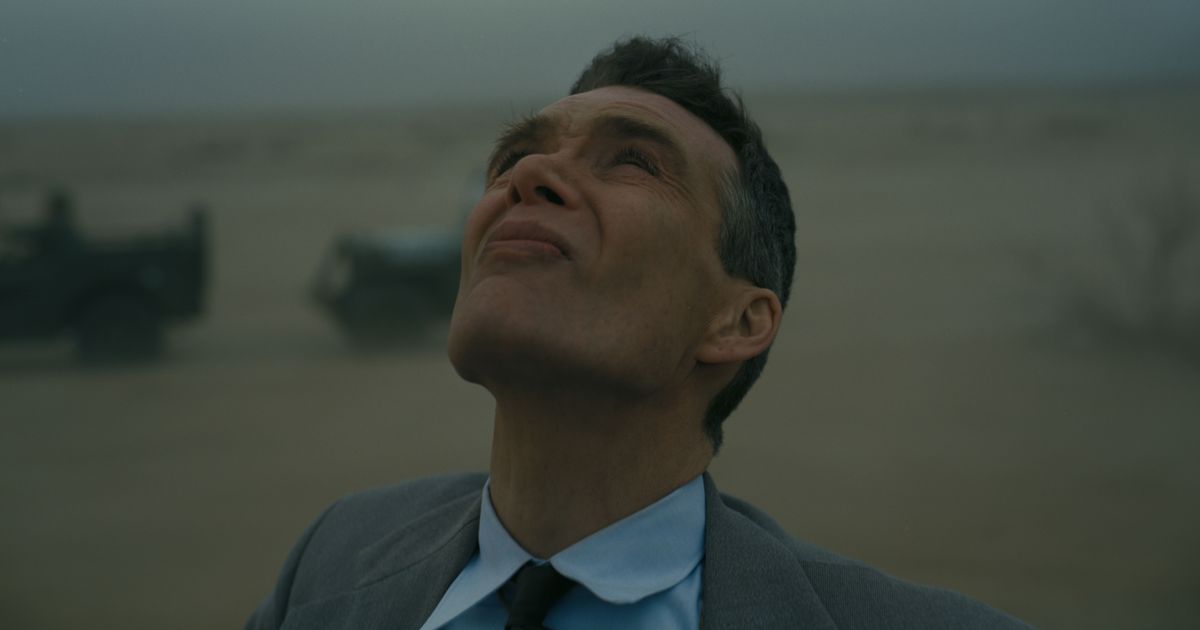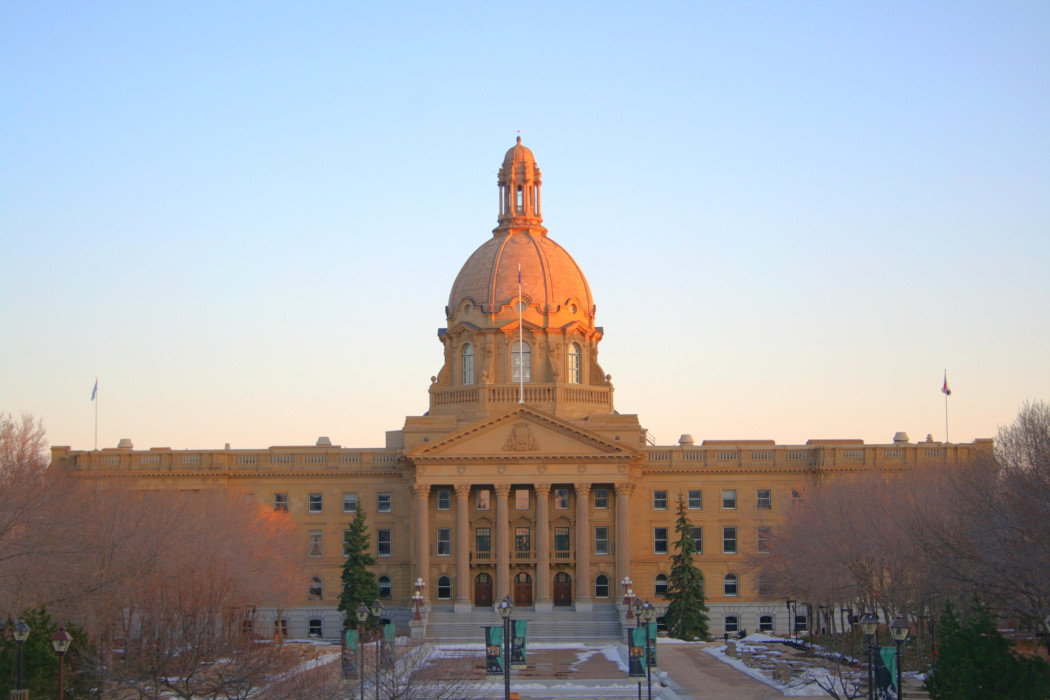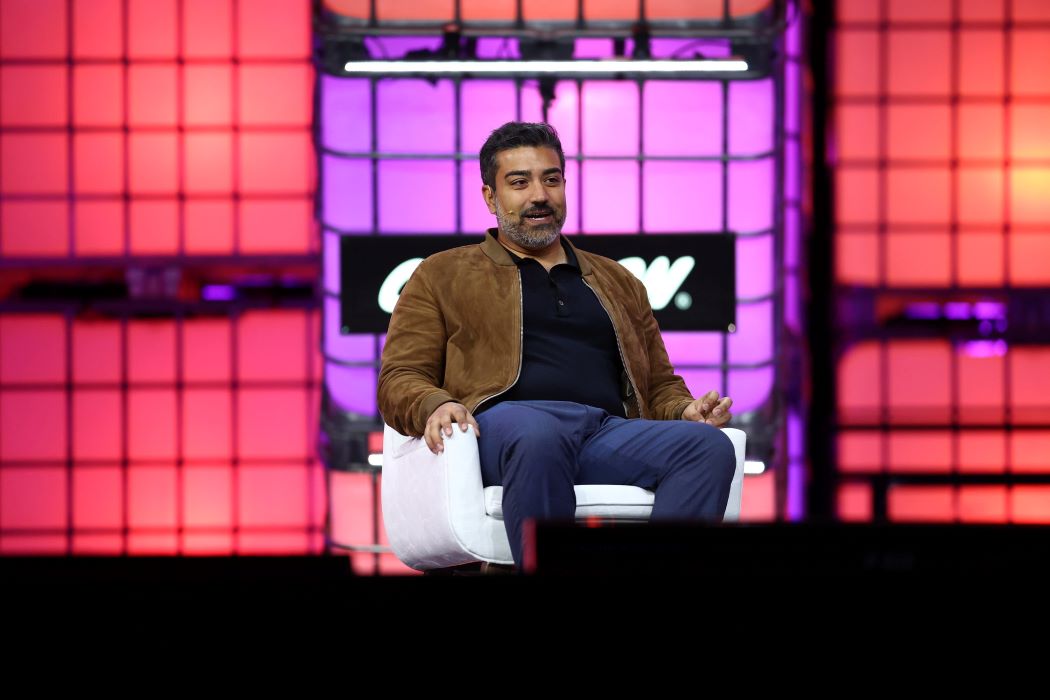
The One Thing Missing From the Oppenheimer Movie Score
Christopher Nolan’s Oppenheimer might be a three-hour historical drama filled with scenes of scientists and politicians talking in rooms, but it’s paced like a breakneck action movie. Part of the credit for that has to go to Ludwig Göransson’s magnificent score, which quivers and rumbles throughout, building and building the same way that Nolan’s narrative does. The Swedish composer, also known for his collaborations with Ryan Coogler (he won an Academy Award for Black Panther) and Childish Gambino, previously worked with Nolan on the innovative score for 2020’s Tenet, a soundtrack some of us are still obsessed with. The director, who had a fruitful and influential collaboration with Hans Zimmer for many years, is known for taking particular care with his scores. He and Göransson both seem to approach film music on conceptual and emotional levels.
How did you first talk about this film with Christopher Nolan?After I read the script, one of the things he mentioned was that he wanted to experiment with an instrument and a sound: He was envisioning the violin, and I thought that was very exciting. I wasn’t surprised, but I thought it was great challenge. My wife’s a violinist, Serena Göransson, so I went straight home and we started to collaborate in my studio and experiment with tones.
What Chris really wanted was to capture Oppenheimer’s persona and his neurotic behavior and his character. I think there was something with the unease of the violin, the fretless instrument, how you can go from the most romantic, beautiful tone and, based on the performance, change in a split second to something neurotic and heart-wrenching. So that was something that we experimented with a lot in the beginning: how to take a traditional horror sound and turn that into a more romantic sound, and then go between those two different soundscapes.
Especially in the latter half of the film, Oppenheimer is racked with guilt, but he can never really express it. So much of what’s happening to him is internal. Which means that sometimes the film has to express that formally. I imagine music plays a huge role there?Absolutely. He is such a complex, obviously genius character, but I think at times not a lot of people can understand him. As its core, his theme is played by the violin in a very simple, intimate way with six notes. But throughout the movie, I have that theme with a lot of crazy, mathematical, rhythmical, complex ideas around it. When I first started working on the movie, Chris invited me to an early screening of some of their visual experiments. I saw how they did that splitting of atoms with this ultraviolet light swirling around. I was sitting in a dark theater seeing this huge screen and these lights just swirling around. That’s essentially when I was like, “Okay, this is what I want the music to sound like.”
<p>The whole film always feels like it’s building and building and building toward something. It’s very fast, never boring. What is it about the music that helps that build? Is it the pace, or the particular instruments being used?It’s both. So, for example, after we start off with just the solo violin, as the story continues, there are more players joining. A solo violin might make it very intimate and sincere, but you can gradually introduce a quartet and an octet and then the whole string ensemble, and play with that sound and manipulate it, too. The sound gets bigger and bigger and bigger. This is also why it’s so great to work with Chris: He has such a good mind for tempo and for pace.</p> <p>These recurring visual motifs — swirls of light, sparks, droplets, and ripples, all these little elements — show us how Oppenheimer sees the world, or how someone with this kind of knowledge might see the world. So what did that mean for you musically?I think that’s why it was so important to find this six-note theme that recurs in different iterations. But what’s going on around it is very complex. For example, I don’t know if you remember the opening montage where he’s a student in Germany, and he goes to the museum, you see the Picasso painting and all those things. In that montage, there’s a violin pattern with the string orchestra that starts in 75 beats per minute, which is kind of a slower tempo, but the figure is still played pretty fast. But by the end of that scene, it ends three times as fast. I was very, very excited about this whole tempo illusion. And that really came together with the first visualization I had of the atoms swirling. You see them getting faster and faster, and then finally it’s almost kind of a blur. And that’s what I wanted to achieve with the music. The trick of it is it’s a steady accelerando throughout the whole scene, but it’s more of a feeling. Like you said, the audience is really following the story through Cillian Murphy’s performance, which is outstanding. So the music really needs to make you feel what he’s feeling.</p>The foot stomps are one of the only percussive elements in this movie. And since there’s not a lot of percussion, that element gets so abrasive. <p>In this movie, especially, I started out writing all the music with little to no computers because I wanted to capture the essence of the emotional aspect of Oppenheimer first. It was important that we got that melody and the emotional core of the tone first, and then after that we could experiment with rhythmical patterns and synthesizers. And as the movie pushes forward, there’s more production coming in. So sometimes you wonder, Is that synthesizers playing it, or is it real instruments? I think the synth is the undercurrent of darkness that keeps dragging you down into the depths. There was something interesting with that — how that modern production symbolizes the dark clouds looming over him.</p> <p>In so many of Nolan’s movies, there’s often a conceptual element that finds its way into the music. You did it in Tenet, with the inverted tracks playing through some of the pieces. Hans Zimmer did it in Inception, modifying the Edith Piaf song, and in Interstellar, working the ticking clocks into the score. Were there such elements you played with here? A lot. I would say the constant changing of tempo and rhythmic modulations in one consecutive piece where you don’t really hear the tempo. You can tell that it’s going faster, but it’s all coming out as a feeling — you can’t really conceptualize and understand. It’s a tempo that’s increasing, and it hits you like a train running. That is interesting because I’ve never been able to do this before, and I was able to achieve that because the whole score is very performance-based. We recorded it live, and the tone of the music changed when we added the live performance and live players.</p> <p>For example, doing this constant changing of the tempo, when I was first thinking about it, I was going to record four bars, four bars, four bars, and then digitally mash it all together because I didn’t think it was playable. But when we started recording it with these incredible musicians, we came up with a way to give the musicians the new tempo before the tempo changed. So when they were playing in one tempo, two bars before the tempo changed, they got the new tempo in their clicks. Because we did that, they were able to perform the whole three-minute piece in one take. That kind of experimentation, that kind of recording, I’ve never done before. Just how alive the music came to be during the recordings was, I think, extraordinary.</p> <p>Speaking of tempo, there isn’t a lot of percussion in the film, is there?No. Almost none.</p> <p>It feels like the lack of percussion is also one of the reasons why the change in tempo feels almost subconscious. When they can hear a beat, people think tempo. Beat changes, people realize the tempo is changing. But without the percussion to indicate it, it becomes anxiety-inducing.Yeah. A lot of Chris’s movies are very percussion-heavy. I mean, at least Tenet was. A lot of movies today are. The foot stomps are one of the only percussive elements that keep coming back in to this movie. And since there’s not a lot of percussion, that element gets so abrasive. It almost gets distorted because you’re feeling that kind of rhythm hitting you like a drum. But I hope you weren’t missing the drums!</p> <p>One of the things Christopher Nolan and editor Jennifer Lame told me was that they didn’t have temp tracks when they were cutting the film. So they weren’t putting in other pieces of music that you then had to emulate. I imagine that’s pretty liberating.It was like that with Tenet, too. I get to see Chris a lot before we start shooting. So I read the script, and then we have meetings once a week where we sit down. For about two months, I write about 10 to 15 minutes of music every week, and we sit through and listen to it. Sometimes none of it works, but sometimes all of it works. And then we can dissect the music in my demos and we talk about, “This tone is really cool,” or, “This instrument here has something special to it.” And I just throw everything out that I have. We’re building a sound world, and we’re building something from scratch.</p> <p>I’m also not shy to give him some things that I didn’t think were going to work, because he can find and unlock things in there — so that when he starts shooting, he has two or three hours of music that I’ve done. When he starts editing right after they finish shooting, he and Jen start putting in my demos in the movie. He has the first cut, and I go and see the movie and all my music is in there. At that stage, that’s when we really start putting on our gloves and going hard on the music. But at that time, there’s already a feeling. There’s a visual world and there’s a sound world that’s infused in the movie. From when they start editing, I have two or three months to finish it. And then every week we’re screening the movie. Every Friday, I’m watching it.</p> <p>You might not have had anything to do with this element, but I did want to ask you about the silences in the film. Because there is so much music, the silences that occur in many of the film’s key scenes really stand out. What kind of input do you have into those decisions? Chris has such a great idea of how to propel and how to stretch and how the music functions in a film. He’s a master of that. But obviously, when we get to the stage when there’s a first cut, there are always places where we talk about the spaces. When there are big pauses, they’re very effective. But I think those are already in his mind when he’s writing the script.










































![iFi's GO Bar Kensei Dongle DAC Supports K2HD Technology With Some Samurai Swagger [Updated] iFi's GO Bar Kensei Dongle DAC Supports K2HD Technology With Some Samurai Swagger [Updated]](https://i0.wp.com/cdn.ecoustics.com/db0/wblob/17BA35E873D594/33FF/45A11/QTXOLJR4xDKSNMMk2WlTgjaIlvSgcYpeU1xJzUwIoYs/ifi-go-bar-kensei.jpg?w=768&ssl=1)
































